Important此文章由 AI 总结和润色内部分享,由笔者校对,请注意甄别。
方法论演进路径
阶段一:提示工程(Prompt Engineering)
作为 AI 辅助开发的最基础形态,提示工程采用离散式交互模式。开发者通过连续对话逐步细化需求,AI 基于即时反馈进行代码迭代。该模式在需求边界模糊、探索性强的场景中具有天然优势,但存在显著的效率瓶颈。
特征分析
- 交互模式:线性对话驱动,缺乏系统性规划
- 迭代成本:高频率人工介入,需求理解偏差导致的重构成本显著
- 时间复杂度:O(n²) 级别,随需求复杂度指数增长
- 质量曲线:收敛速度慢,最终效果依赖开发者经验判断
实践案例研究
案例 1:高性能图片预览库开发
项目背景:构建基于 WebGL 的高性能图片预览解决方案
开发过程回溯:
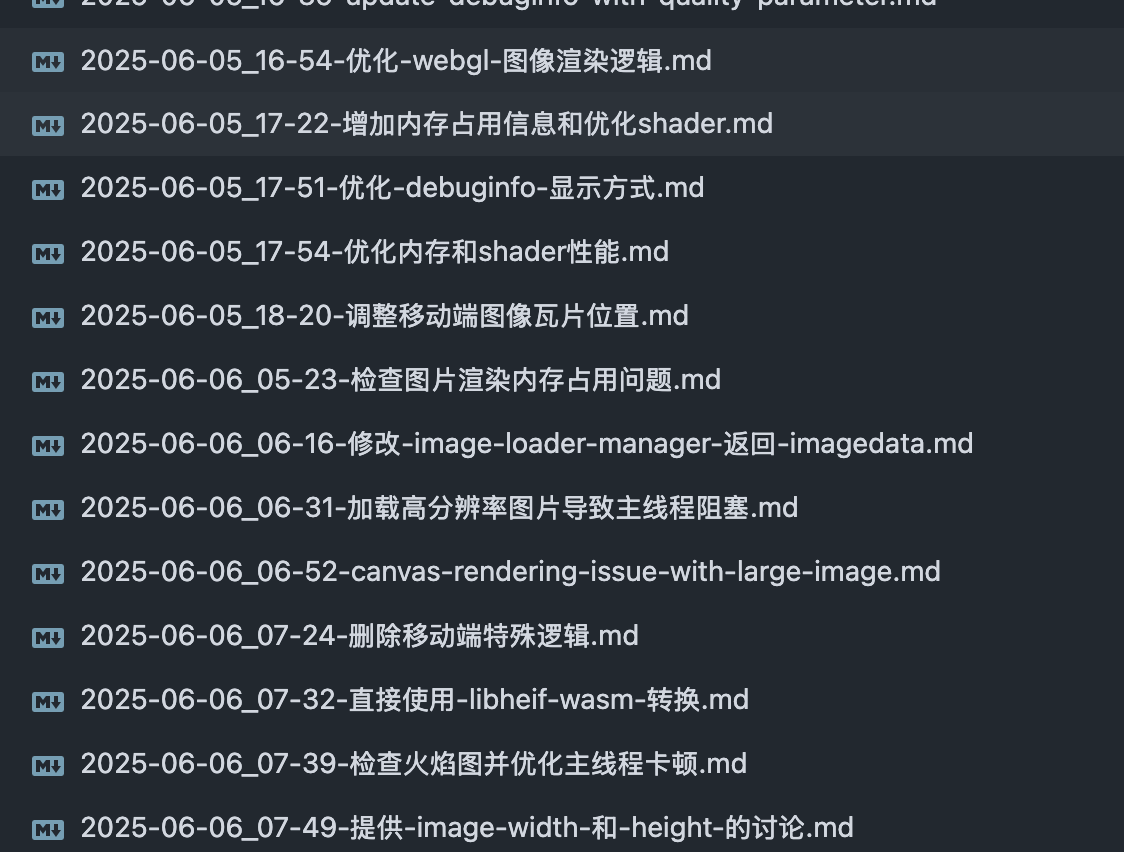
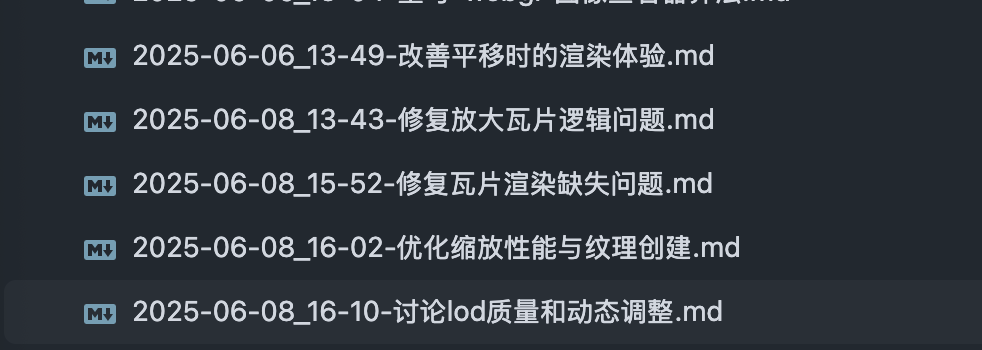
在 afilmory 项目 中,初期采用纯对话式开发模式。经过数周的探索性开发,通过 20+ 轮次的需求澄清和架构重构,最终采用 Gemini-2.5-pro-preview-0605 进行系统性重写,产出 最终方案。
案例 2:Landing Page 重构
需求描述:"重新构建 folo.is landing page 的 UI,使其现代化,AI 风格。样式参考 Vercel、Linear 的 landing page 设计"
交互过程可视化:
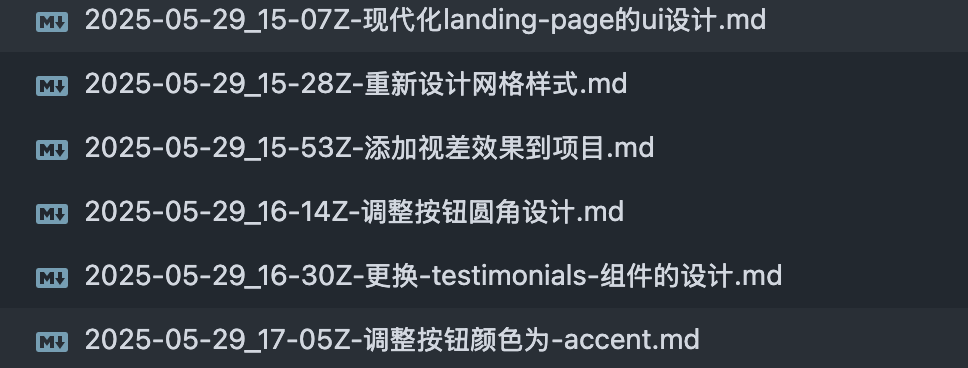
通过 12 轮精细化微调,涵盖:
- 视觉层次优化(图片错位修正)
- 色彩系统统一(移除紫色渐变,采用主题色方案)
- 交互元素规范化(圆角、阴影、动效)
- 信息架构重组(Accordion 组件移除,内容整合至详情页)
阶段二:探索式工程(Exploratory Engineering)
该模式构建了需求澄清的系统性框架,将 AI 从代码实现者转变为架构顾问。通过结构化的需求勘探,显著降低后期重构成本。
案例实践:Feature Flags 系统
探索式对话过程:
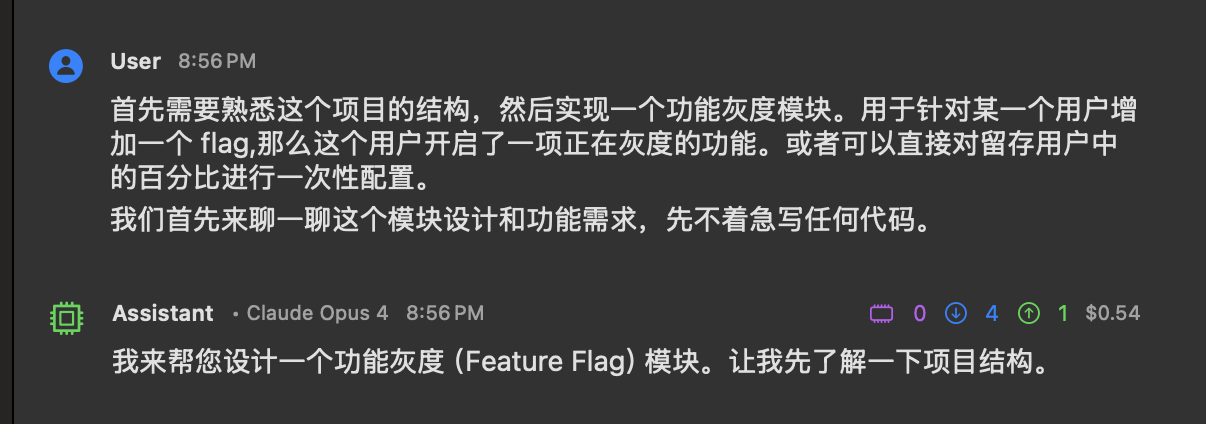
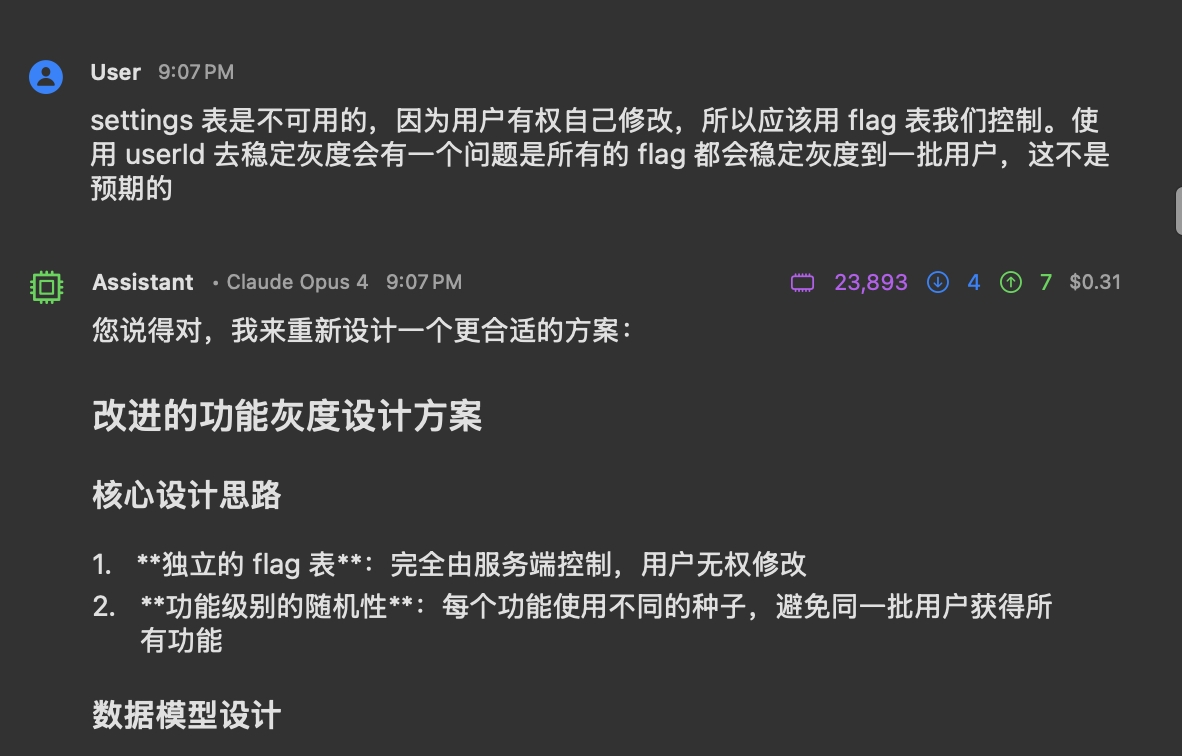

流程优化
- 需求解构:将模糊需求分解为可验证的技术命题
- 架构预研:基于约束条件评估技术方案可行性
- 风险识别:提前暴露实现路径中的潜在阻塞点
- 决策固化:形成可执行的技术规格说明书
💡 关键提示:在探索式对话确定最终方案后,务必让 AI 将完整的架构决策、技术选型、接口设计等核心要素输出到结构化文档(如
ARCHITECTURE_DECISION_RECORD.md)。这能防止后续实现过程中因上下文窗口限制或记忆衰减导致的方向偏离,确保实现过程与既定方案保持严格一致。
阶段三:上下文工程(Context Engineering)
实现从"AI 能做什么"到"AI 应该怎么做"的认知跃迁。通过构建完整的项目上下文,将隐性知识显性化,确保 AI 行为与项目规范高度一致。
上下文构建框架
1. PRD Specification Template
2. Context Engineering Automation
PRD Generation Workflow:
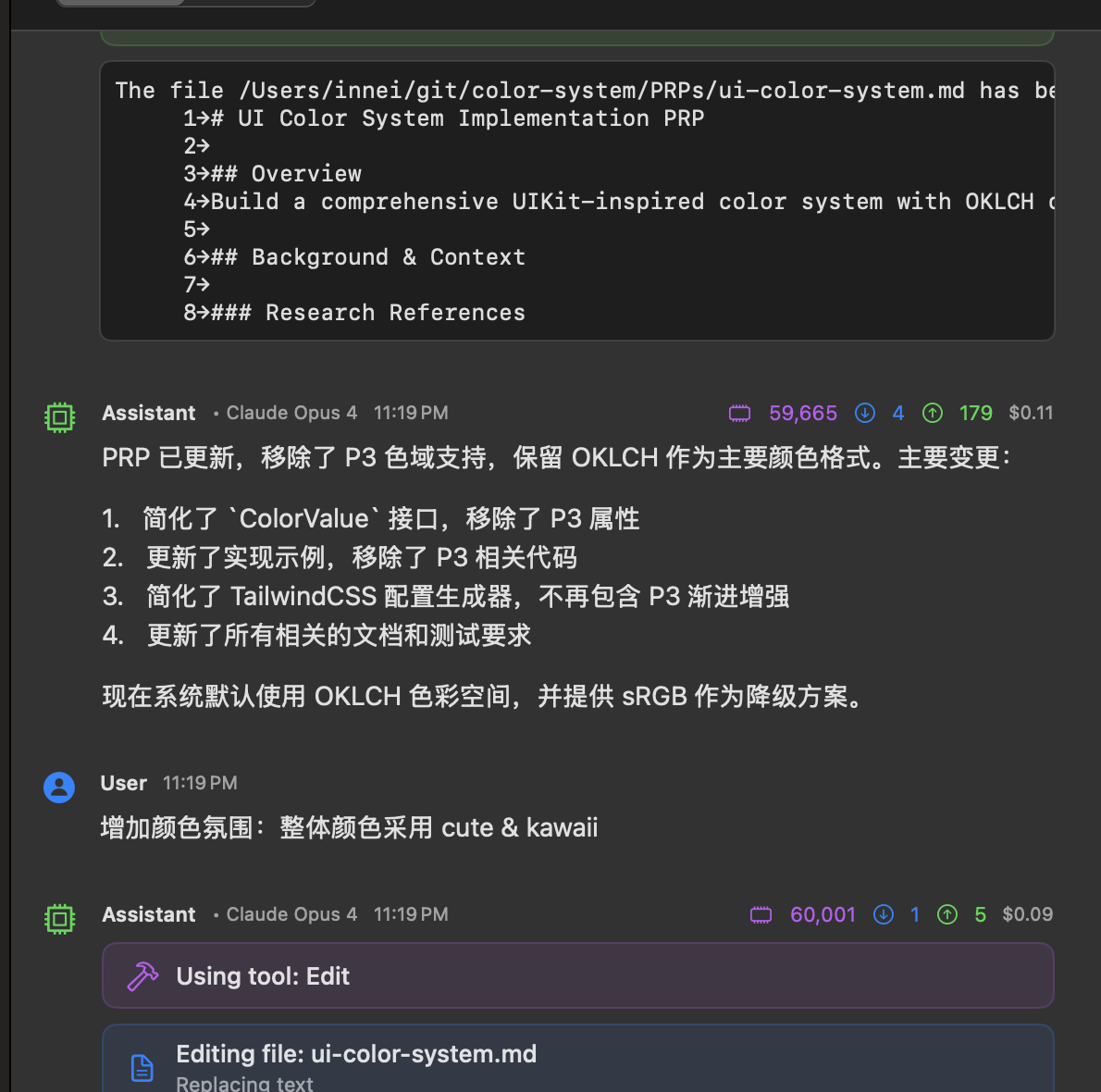
1752764432740
Implementation Execution:

1752764438107
Core Commands:
/generate-prps: Generate technical implementation plan from PRD specifications/execute-prp: Execute development tasks according to predefined plan
项目认知增强体系
知识图谱构建
AI 的认知受限于上下文窗口,无法完整理解项目所有细节。通过构建可维护的知识图谱,实现项目智慧的持续积累。
1. 项目索引初始化
Claude Code:
生成基础项目记忆,包括:
- 技术栈识别
- 目录结构解析
- 构建流程梳理
- 基础约束提取
2. 规范化知识注入
案例:UIKit 颜色系统规范
Prompt:
你应该使用 tailwindcss-uikit-color 文档是 https://github.com/Innei/apple-uikit-colors, 使用这个颜色系统去编写组件,这个规则写到 claude.md
AI 理解的规范化表达:
3. 约束规则持续集成
i18n 规范示例
Prompt:
你在编写 i18n key 时,应该使用扁平 key,不能使用冲突的 key 如 exif.custom.rendered.custom 和 exif.custom.rendered,你应该遵循语言的规则;最后把这个规则写到 claude.md 中。
通过交互式反馈,将隐式约束转化为显式规则:
Claude Code 增强实践
SuperClaude 集成
SuperClaude 提供了一系列增强命令:
/document: 自动化文档生成/review: 代码质量审查/refactor: 重构建议
全局记忆配置
在 ~/.claude/CLAUDE.md 中配置全局行为准则:
方法论总结
AI 编码已从简单的代码生成演进为系统化的工程实践。关键认知转变:
- 从工具到伙伴:AI 从执行者转变为协作伙伴
- 从随机到确定:通过上下文工程消除不确定性
- 从短期到长期:构建可持续演进的项目知识体系
- 从个体到系统:形成可复制、可扩展的 AI 协作框架
最终,AI 工程的核心在于将人类的专业判断与 AI 的执行能力有机结合,在保持技术前瞻性的同时,确保交付物的工程质量和长期可维护性。